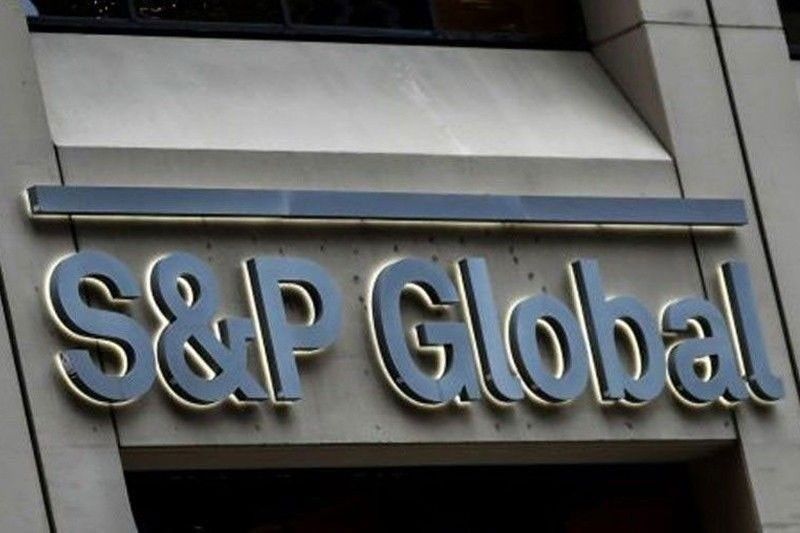‘Philippine banks to ride wave of robust economic growth’

MANILA, Philippines — The projected robust economic growth this year could shape up into a better year for Philippine banks, S&P Global Ratings said.
S&P Global Ratings credit analyst Nikita Anand said Philippine banks are well placed to ride the wave of the Philippines’ robust economic growth this year.
“We believe improving macroeconomic conditions will offer good growth opportunities along with stable asset quality,” Anand said.
She said the Philippine banking sector’s metrics should stay relatively healthy at a time when real gross domestic product (GDP) growth is among the highest in the region.
The debt watcher is expecting the Philippine economy to grow by about six percent for 2024 and 2025, compared to 5.2 percent in 2023.
“We believe policy rates could decrease in 2024 as inflation stays moderate,” it said.
S&P believes bank earnings are likely to normalize with lower asset yields, given its expectation of policy rate cuts in the second half.
The credit rating agency also expects credit demand to accelerate to a range of 10 to 12 percent this year from last year’s subdued growth of five to six percent.
“Higher economic growth, along with lower inflation and interest rates, will support credit demand,” S&P said.
It said the sector’s return on average assets could normalize to a long-term average of 1.2 to 1.3 percent over the next two years after peaking at about 1.4 percent in 2023.
“This is because net interest margins will decline in line with policy rate normalization. Lower operating expenses and an increasing share of unsecured retail loans could provide an upside to our profitability forecast,” it said.
The debt watcher believes Philippine banks will continue to invest in digital capabilities to drive efficiency.
“The banking sector’s cost-to-income ratio has declined sustainably to 55 to 57 percent as of end-2023 from 64 to 65 percent as of end-2016, thanks to rapid digitalization of banking services,” it said.
Furthermore, S&P believes credit losses will stay flattish at 0.5 to 0.7 percent of gross loans in 2024.
The credit rating agency said there would be a manageable deterioration in the nonperforming loan (NPL) ratio of Philippine banks to 3.5 percent from 3.4 percent as of end-November 2023 because of rapid growth in riskier segments such as credit card loans and other unsecured consumer loans in the past two years.
“As this portfolio matures, consumer NPLs are likely to rise. Risks should stay contained, given the Philippines’ low household leverage of 10 percent of GDP and stable employment conditions,” Anand said.
Anand said Philippine banks’ funding profile should remain healthy, with a loan-to-deposit ratio of 70 to 75 percent and a high share of low-cost current and savings deposits at about 70 percent of total deposits.
- Latest
- Trending





























